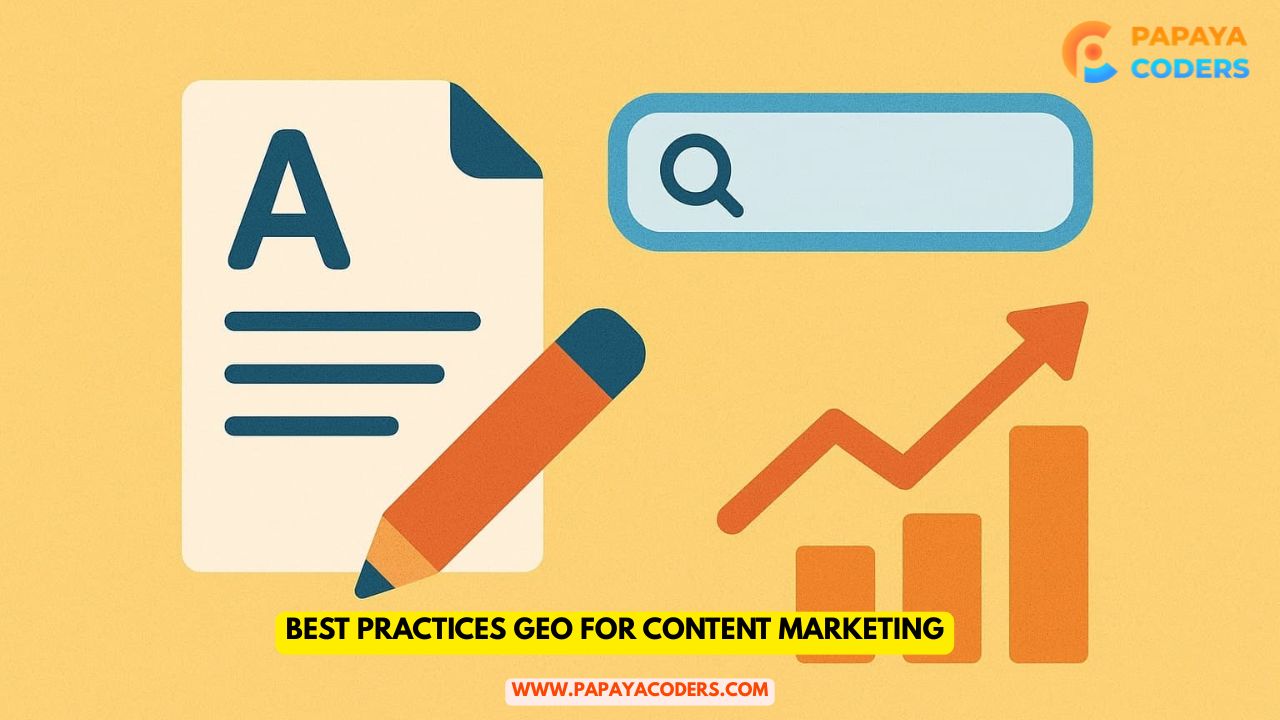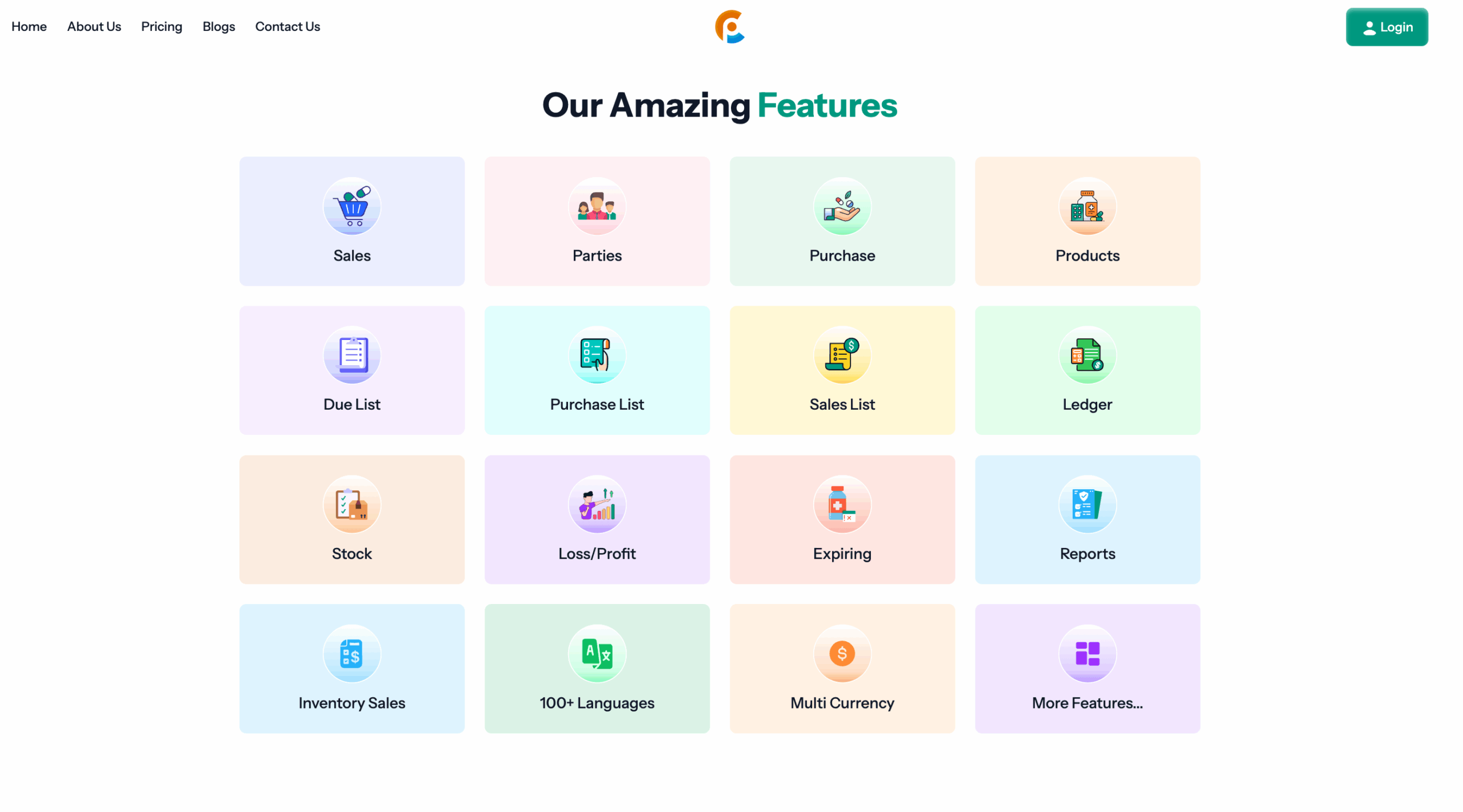Content marketing in today’s fast-paced digital climate is more than simply creating a blog, video, or social media post; it is about providing the right piece of content to the right audience at the right time.
A critical, and often behind-the-scenes, aspect of content marketing is geo-targeting, which involves building a content plan based on geography. Knowing where your audience is and what they need is what allows marketers to hone their campaigns, increase engagement, and drive conversions.
What is GEO Targeting in Content Marketing?
GEO targeting, also known as geographic targeting, involves customizing content based on location data for specific areas, regions, countries, or cities. With the help of Google Analytics, IP tracking, and social media, marketers can see firsthand where their audience is coming from and create content that is targeted to that specific area.
To illustrate, a coffee brand based in Seattle might use language to inform its audience that “it all starts with locally grown beans” when communicating with people in the Pacific Northwest, while engaging the audience in Florida with language about seasonal blends or specific types of coffee.
The goal is to make it more relevant, personalized and actionable for engagement among each geographic segment.
Best Practices for Content Marketing with GEO Targeting
Marketers can ensure they are following best practices for effective geo-targeting to achieve the most effective geo-targeting strategy. Here are some recommendations:

1. Conduct Local Market Research
Before making any content, it is needed to have an understanding of the local market. This can vary from cultural preferences to local events, trending topics, and verbiage usage, among other factors.
For example, if you are creating a marketing campaign for winter coats, it would have a significantly different impact on an audience in Canada compared to India.
As a result of thorough and proper market research, it will lead to avoiding vague content and providing messaging and content for local audiences.
2. Prepare Optimized Local SEO Content
When targeting geographic audiences, local SEO is crucial. This can mean everything from hyper-localized keyword optimization ( to organic search), Google My Business listing information, and geo-centred metadata.
For example, instead of optimizing for “best pizza,” a restaurant located in Chicago, would need to optimize for “best deep-dish pizza in Chicago.” This type of planning will lead to a higher level of engagement from your content, as well as drive additional website traffic with people located in your target geographic area.
3. Use of Dynamic Content Personalization
Dynamic content personalization helps marketers to automatically display different content to users based on their location. For instance, a user shopping on an e-commerce company may discover distinct products or promotional offers based on their location. Personalization of content improves conversion rates and satisfaction, creating a perception that the business truly understands their needs.
4. Use of Social Media GEO Targeting
Social media platforms like Facebook, Instagram, and LinkedIn allow targeting by location for content promotion. Campaign-based ad targeting allows ad audiences to see your marketing message, minimizing geographic wastage of your advertising spend compared to general ads. Additionally, localized content, such as text and images, enhances engagement and fosters a stronger sense of community.
5. Monitor and Evaluate GEO Reach
Executing GEO activities is a single aspect of the GEO activity. You’ll want to report around performance metrics. Where are your highest engagement, clicks, or conversions? Tools such as Google Analytics, SEMrush, or HubSpot enable you to report on performance at a local level and adjust your content strategy accordingly.
By evaluating performance metrics, you can identify areas for growth and modification of local campaigns to reach a larger audience.
6. Synchronize Content with Local Events and Trends
Another way marketers can stay topical is to coordinate their content with local events or trends in a specific geographic region, or anything related to time, such as a seasonal month or holiday. Seasonal specials, local celebrations, or even local news stories are fantastic opportunities to create relevant and timely content for your audience.
Similar to the example above, a marketer will want to leverage a promotion related to Diwali offers in India or any campaign related to the Fourth of July in the U.S. If you were to tie a promotional campaign to a local, previously identified activity, the content becomes even more relevant and plausible for that audience in their specific context.
Read also:-
- What is the function of a Digital Marketing Strategist?
- Transform Your Home’s Water Management with the iSwitch PC108?
Conclusion:-
Incorporating geo-targeting tactics into your content marketing strategy is essential, not optional, for brands that wish to successfully connect with their audience in a more meaningful way.
As a means of producing GEO-inclusive content, marketers will be able to create content that engages their audience by researching local markets, optimizing for local SEO, creating relevant local content, utilizing social media targeting, regularly analyzing performance, and keeping track of local trends.
When executed correctly, GEO content marketing can enhance engagement with brand content, drive ongoing conversions, foster stronger relationships with consumers, and enable brands to gain a competitive advantage in the global economy.








